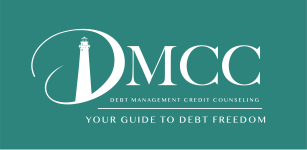The traditional overdraft programs, which may charge up to $25 or more to automatically cover purchases or transactions when you don’t have enough money in your bank account, are expensive and fees can add up quickly. You can avoid overdraft charges by recording all of your account transactions, knowing your current balance, and making sure you have enough money in your account to cover purchases and other withdrawals. However, if you struggle with overdrafts, you can still minimize the fees.
Start by asking your bank about the lower-cost alternatives. One option may be to pre-arrange for an automatic transfer from your savings account to your checking account when the balance falls below zero. Another may be to link your checking account to an overdraft line of credit, so a shortfall in your account would trigger an automatic loan that may cost less than incurring overdraft fees.
Due to new federal regulations, consumers also have a choice in how they want their bank to handle overdrafts caused by debit card transactions. “Consumers now have a real choice on whether or not they want overdraft services for these transactions in advance. They can later change their mind and ‘opt out’ of this coverage,” said Mark Pearce, Director of the FDIC’s Division of Depositor and Consumer Protection. “Consumers living paycheck to paycheck should be especially wary of the high total cost of frequent overdrafts.”
Many banks also offer e-mail and text message alerts for customers, so ask the bank if it can send you an alert when your account balance gets low.
The FDIC has published a new brochure called “Your Guide to Preventing and Managing Overdraft Fees.” You can read and print English and Spanish versions online at www.fdic.gov/consumers/overdraft.
